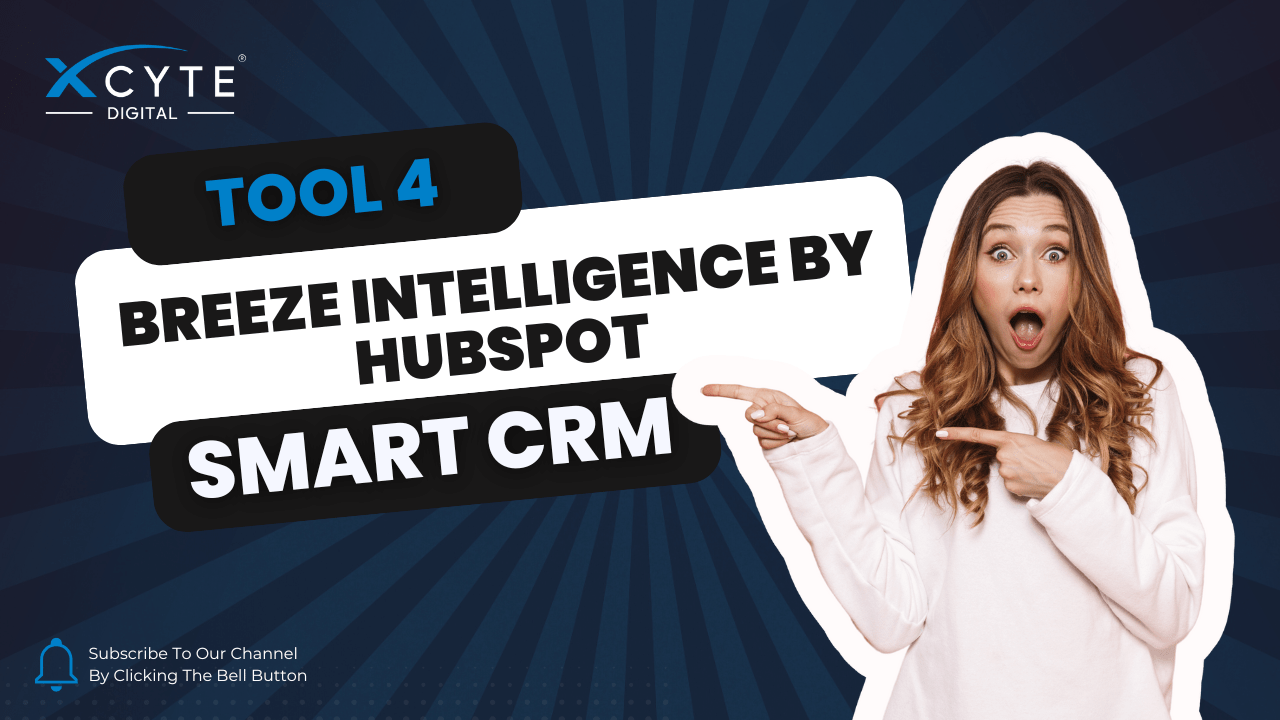
Creating the Ultimate Event Dashboard Using AI: A Game-Changer for Event Management
In the fast-paced world of event management, staying ahead of the curve is crucial. As we step into 2025, artificial intelligence (AI) has emerged as a powerful ally for event organizers, revolutionizing how we plan, execute, and analyze events. One of the most impactful applications of AI in this field is the creation of dynamic, intelligent event dashboards. Let’s explore how you can harness AI to create the ultimate event dashboard that will transform your event management process.
Why AI-Powered Event Dashboards Matter
Before we dive into the how-to, let’s talk about why AI-powered dashboards are such a game-changer. Imagine having a tool that can process vast amounts of data in real-time, providing you with up-to-the-minute insights. That’s just the beginning. These dashboards can also forecast trends and potential issues before they occur, giving you a crystal ball into your event’s future. Plus, they can tailor the dashboard experience for different stakeholders, automate routine tasks and reporting, and create more intuitive and interactive data visualizations. It’s like having a super-powered assistant that never sleeps!
Steps to Create Your AI-Powered Event Dashboard
Now, let’s roll up our sleeves and get into the nitty-gritty of creating your AI-powered event dashboard.
First things first, you need to define your objectives. What do you want your dashboard to achieve? Maybe you’re keen on tracking attendee engagement, or perhaps you’re more interested in monitoring event ROI. You might want to manage logistics and resources, analyze speaker and session performance, or measure sponsor visibility and lead generation. Whatever your goals, make sure they’re clear from the get-go.
Next up, you’ll need to choose the right AI platform. Look for one that specializes in event management or can be customized for your needs. You’ll want features like Natural Language Processing for easy querying, Machine Learning capabilities for predictive analytics, and integration with your existing event management tools.
Once you’ve got your platform, it’s time to integrate your data sources. Think about connecting your AI dashboard to your event registration systems, mobile event apps, social media platforms, feedback and survey tools, and on-site engagement trackers like RFID or beacons.
Now comes the fun part – designing your dashboard layout. Work with your AI platform to create something intuitive and user-friendly. Consider a modular design for easy customization, role-based views for different team members, and make sure it’s mobile-responsive for on-the-go access.
With the basics in place, it’s time to implement some key AI features. Use AI to automatically generate the most relevant charts, graphs, and infographics based on your data and objectives. Implement AI models that can forecast attendance, predict potential bottlenecks, and suggest optimal resource allocation. Allow users to ask questions in plain language and receive instant insights, powered by Natural Language Processing. Set up AI to generate comprehensive reports automatically, saving hours of manual work. And don’t forget about sentiment analysis – use AI to analyze social media mentions, feedback, and surveys to gauge attendee sentiment in real-time.
Make sure your AI system is configured to process and update data in real-time, so your dashboard always reflects the current state of your event. Set up intelligent alerts that notify you of significant changes, potential issues, or opportunities that require immediate attention.
Of course, all this fancy tech won’t do much good if your team doesn’t know how to use it. Provide comprehensive training to your team on how to interact with and interpret the AI-powered dashboard. Emphasize the importance of data-driven decision-making.
Finally, remember that improvement is an ongoing process. Use machine learning algorithms to continuously enhance the dashboard’s performance based on user interactions and feedback.
Wrapping Up
Creating the ultimate event dashboard using AI isn’t just about having the latest technology; it’s about revolutionizing how you understand and manage your events. By following these steps and best practices, you’ll be well on your way to creating a powerful tool that will give you unprecedented insights, save countless hours, and ultimately lead to more successful events.
Tags:
Read More:
- All Post
- AlgoMind
- Design
- Event Technology Trends
- NeurAgency





